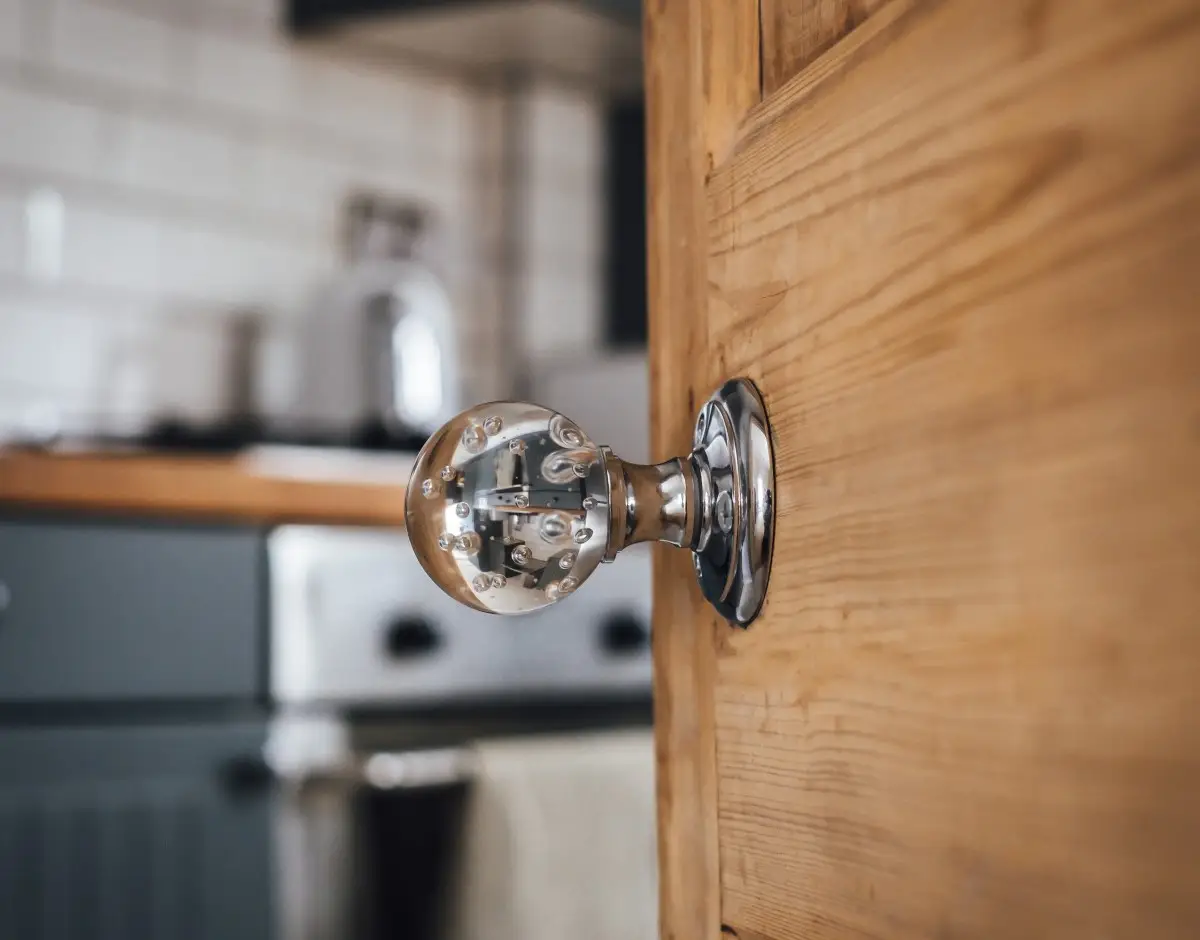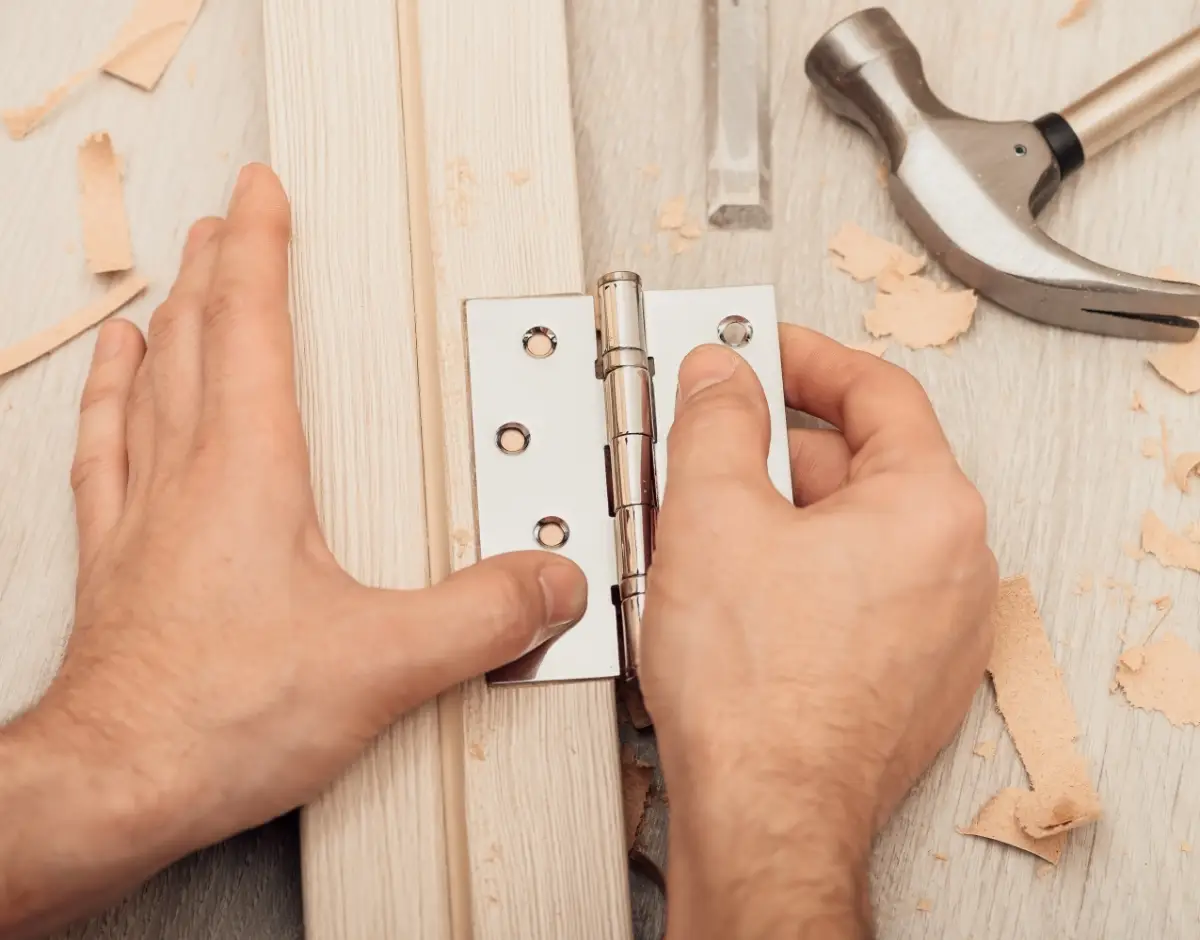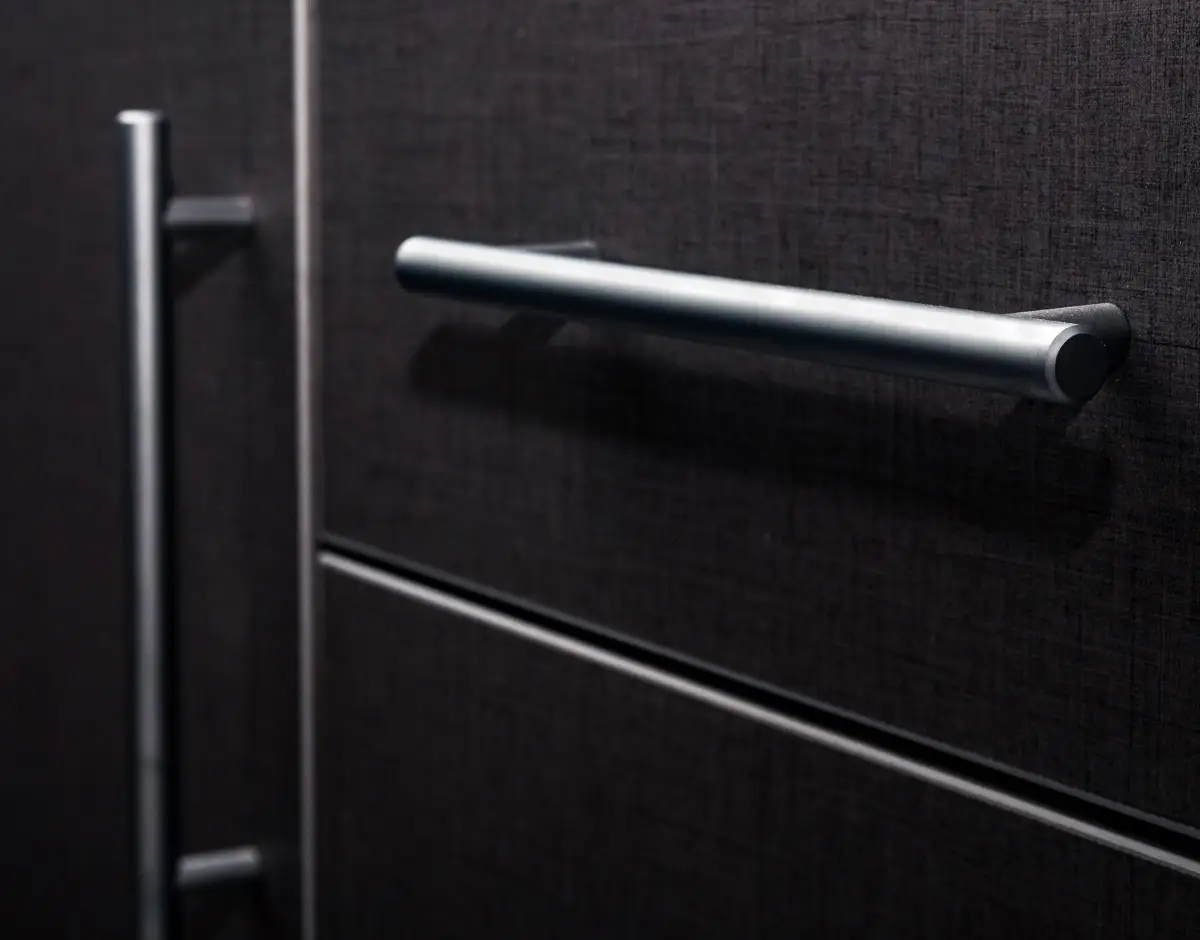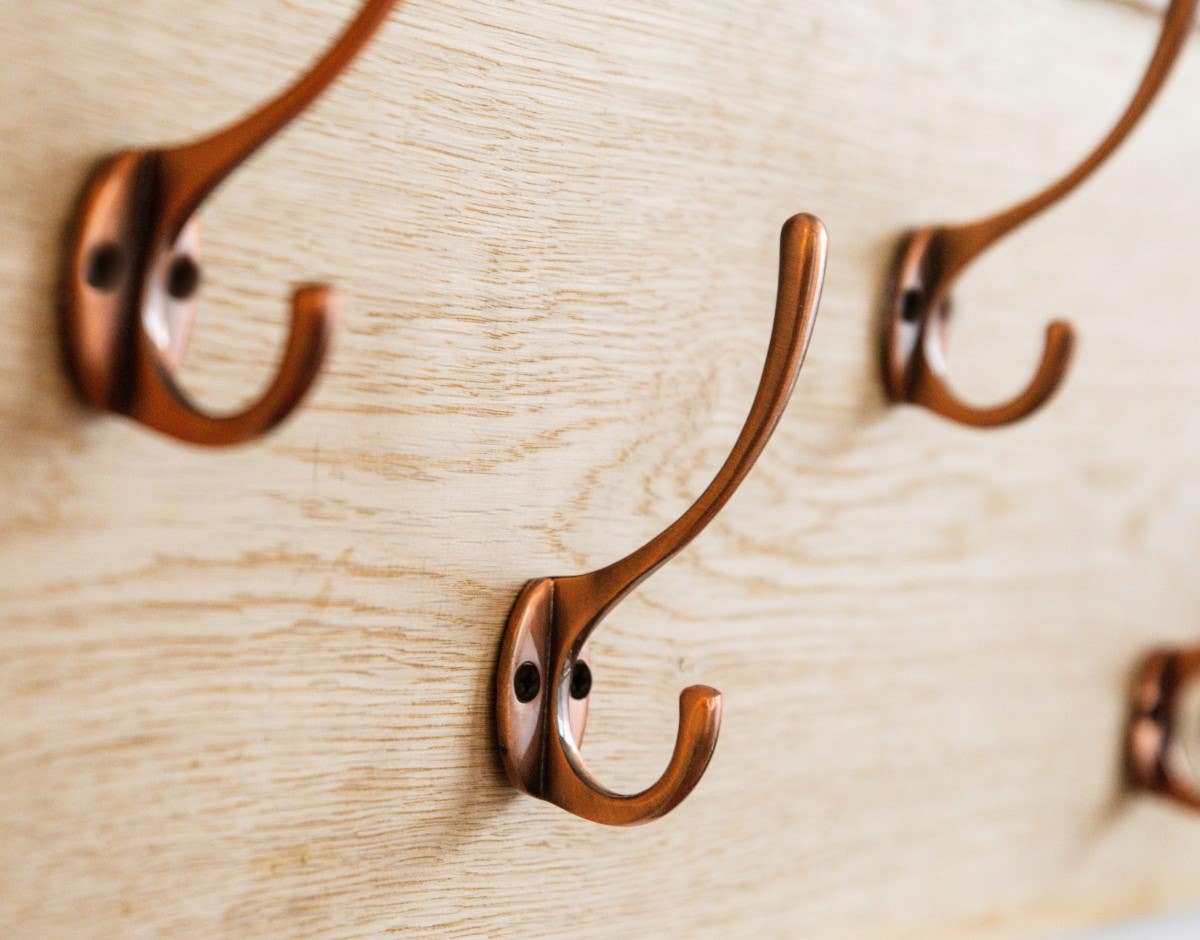Exploring Classic Interiors - Modern Mid-Century Interior Design, Door Handles & Knobs
Article Topics:
-
The ‘50s & '60s
-
Mid-Century Modern Origins
-
Bauhaus & International Style Influence
-
Key Elements of Mid-Century Modern Design?
-
Mid-Century Modern Door Handle & Knob Style
-
The Eternal Appeal of Mid-Century Modern Interior Design
Introduction
Today, when we talk about modern interior design we are more than likely referring to the 'mid-century modern' period and its ethos. This was a time beginning in the late 1940s and continuing until the early 1970s that developed a specific and enduring design style.

Image Credit: Flickr
In this article we'll explore the mid-century modern aesthetic. We’ll look at its origins, its elements and how it applies in contemporary interior design. Let's start our mid-century modern journey by taking a look at the times and culture that enabled it to flourish.
The '50s & '60s
Post World War II, America was on the ascent. It was a boom time which saw great shifts in every part of American society, and was the beginning of America's global cultural influence. It was a time of boundless optimism, the affluent society and the jet age. It seemed that anything was possible.

Image Credit: Etsy
The American dream was sold as an achievable reality for everyone, with mass production and consumerism producing affordable cars, goods and an aspirational lifestyle now available to the masses.
A big part of that shift was a new outlook, where progress was paramount and the future was now. This narrative, sold by the movies and ‘mad men’, was easy to see in a new, 'modern' interior design style.
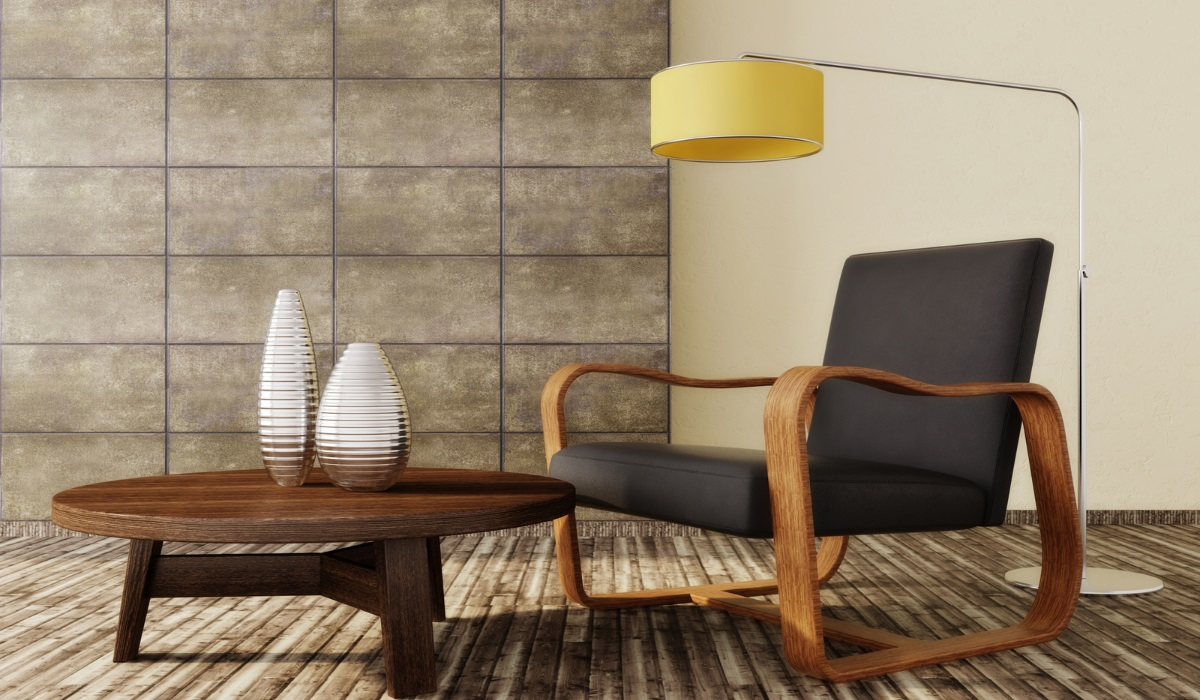
Mid-Century Modern Origins
The modern period is generally considered to span from the end of the Victorian era in 1901 to the transition to a post-modern age somewhere in the later 1970s.
However, when it comes to design (architectural, interior, furniture etc.), modernism as an ethos begins in Germany with the formation of the Bauhaus movement in about 1919, and at the same time the rise of the International Style in France and the Netherlands.

Bauhaus & International Style Influence
Bauhaus was suppressed when the Nazis came to power in 1933 and the war in Europe all but ended the International Style.
But these ideas and sensibilities lived on, re-emerging post WWII across design areas, including interiors, as many proponents of the Bauhaus relocated to America.
The International Style's influence resurfaced anew too, combining with elements of Bauhaus as the foundation for what became mid-century modern.

Mid-century modern interior design took off in post World War II America. The home became a less formal and compartmentalised space, mass production of materials and products increased, and post war optimism saw the rise of the consumer.
Following a specific design style rooted in Bauhaus, mid-century modern features clean lines, geometric shapes, mixed natural materials and synthetic materials, innovative manufacturing techniques, mixing bright colours and muted tones, and favouring geometric patterns over florals.
A typical International Style element that feeds into mid-century modern interiors is a lighter, airier sense, with open spaces, cantilevered forms, glass and metal materials.

Image Credit: Living Spaces
Key Elements of Mid-Century Modern Interior Design
Ok, let's get into what makes mid-century modern interiors by exploring some of the key elements, beginning with simplicity.
Clean Lines and Minimalism
The mid-century modern home decor favours simple, clean lines. Whether in furniture, architecture or decor, the emphasis is on minimalism. Curves are often gentle and organic, contributing to a sense of balance.
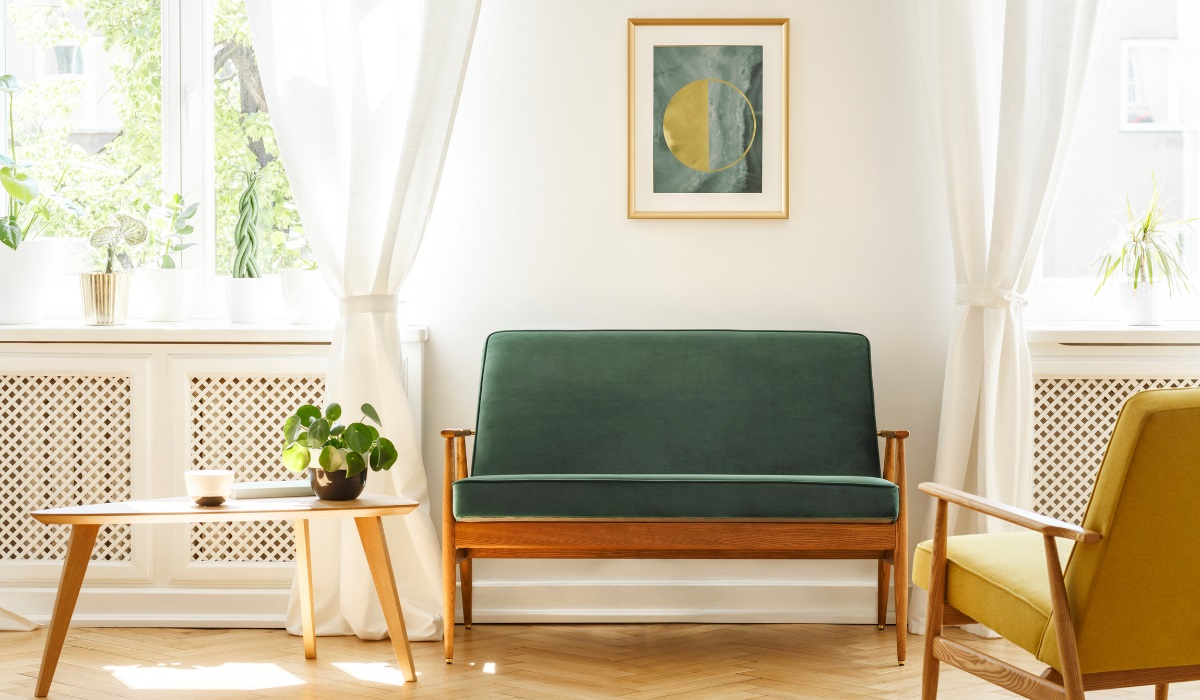
In mid-century modern homes, simple, clean lines create a sense of openness, for an uncluttered visual appeal and sense of flow — influenced by the International Style. This simplicity allows other design elements to stand out, emphasising functional forms.
Functionality
Functionality is a key principle of mid-century modern design. Furniture and design elements are not just aesthetically pleasing but also serve practical purposes. Form follows function, with an emphasis on efficiency and utility.

This focus on functionality results in spaces that are not only stylish but also highly practical. Furniture often features storage solutions, and design choices prioritise usability, making mid-century modern interiors suitable for the new modern way of living.

Image Credit: Modern Vibe
Natural Materials
The mid-century modern style embraces natural materials, such as wood, leather, stone, and metals. These materials add warmth and texture to a space, connecting interiors with a sense of nature.
Wood, often in warm teak or walnut tones, is a signature material that can be found in furniture, flooring, and architectural details.
The use of natural materials contributes to a cosy and inviting atmosphere. This authenticity enhances the overall aesthetic, combining a timeless and enduring quality with the innovative style of mid-century modern.

A good example of how natural materials were used in new ways is the mid-century design classic of the Eames Chair (above) created in 1956 by Charles and Ray Eames. It used a novel manufacturing technique to mould and shape wood, borrowed from US Navy splint design.
Open Floor Plans
Spaces designed with an open floor plan are a key feature in mid-century modern designs. Uncluttered room layout with natural light allow for easier movement between areas of a home, creating a better sense of flow and connectedness between spaces.
Large windows and sliding glass doors are common, bringing in natural light and blurring the lines between indoor and outdoor living.

This fluidity between spaces is typical of modernist interiors and reflects a departure from more formal, overly ornate and compartmentalised designs of the past.
Bold Colours and Geometric Patterns
Featuring a vibrant colour palette, mid-century interiors often include muted earth tones and bright hues. Geometric patterns and shapes, such as triangles and circles, are commonly incorporated into textiles and decor elements.

The use of bold colours and geometric patterns adds contrast and visual interest to a space. Used with a creative eye, such colours and patterns can draw attention, contrasting with the overall minimalism to accent or feature a particular area in a space.

Above is Itten's Colour Star, which exemplifies Bauhaus colour sensibilities. It shows the categories of hue and contrast favoured by the Bauhaus movement and often applied in mid-century modern designs.
Statement Lamps, Shades & Chandeliers
Unique and distinctive lighting fixtures are a hallmark of mid-century modern. The Sputnik chandelier, for example, is an iconic piece that has become synonymous with mid-century style.

Lighting statement pieces serve as a conversation piece, drawing attention and contributing to the overall design narrative. It often adds an element of drama and sophistication to mid-century modern spaces, especially in living room layouts. For example, architect and designer George Nelson's iconic bubble lamps.

Mid-Century Modern Door Handle & Knob Style

Typical of mid-century modern style, these simple, clean-lined door handles feature a two-tone lever on an uncluttered, slightly bevelled backplate.

Keeping with mid-century modern style, the chrome door handles above are an angular lever-on-rose design that features a geometric patterned grip.

This satin finished, tapered lever-on-rose door handle is another good example of mid-century modern’s simple, sleek lines.

The cabinet knobs pictured above feature geometric pattens, honeycomb and lattice, and a mix of materials — brass plated metal and leather.
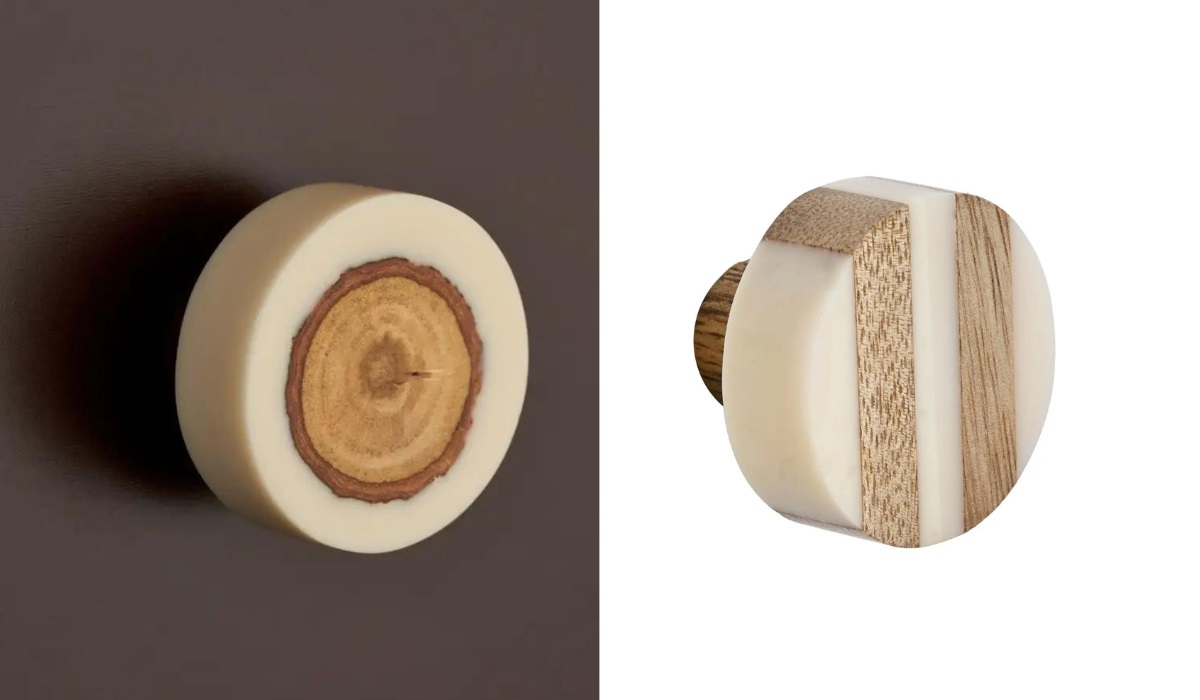
Wood and natural elements are key in mid-century modern design. These knobs are a combination of wood and resin, creating a classic mid-century look.

Ceramics also feature in mid-century modern. The above ceramic cabinet knobs are a simple shape with typically period colours and pattern.

Glass is used in mid-century modern interiors to help create a sense of light. This geometrically shaped glass knob fits well with the modern aesthetic, echoing glass brickwork sometimes seen in period spaces.
The Eternal Appeal of Mid-Century Modern
It seems like mid-century modern interior design has been around since, well, the middle of the 20th century. It is however important to remember that it did indeed drop out of vogue, with a revival happening in the 1990s and continuing to today.
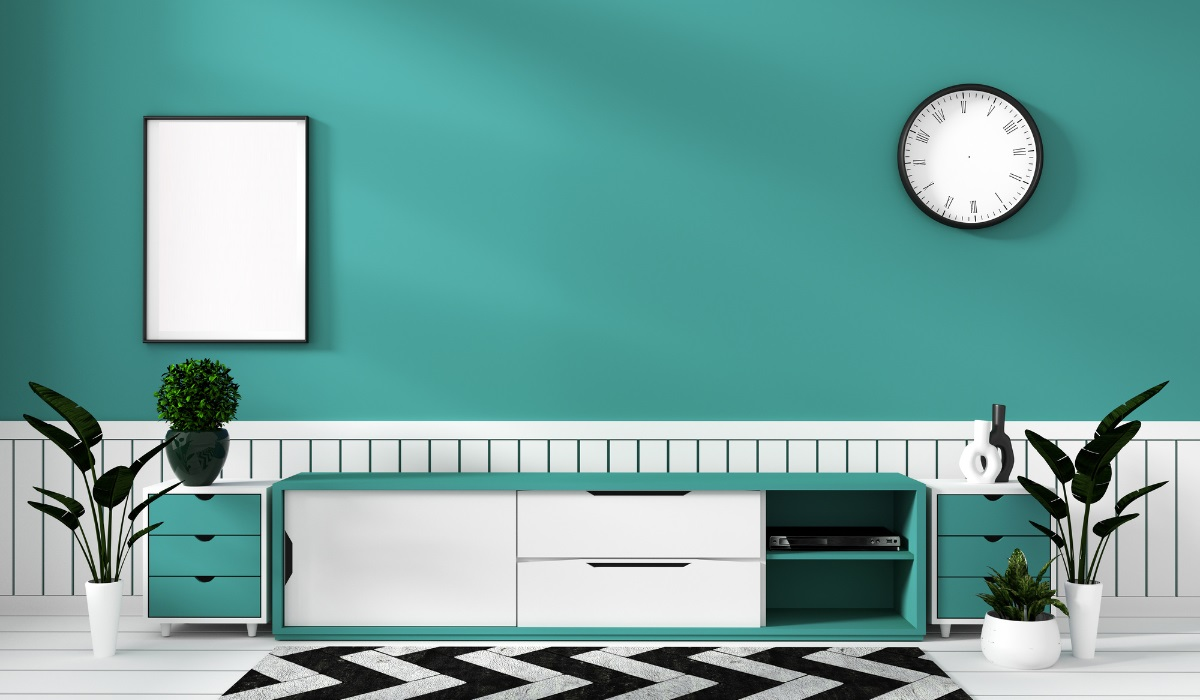
As with other historical interior design styles, today the mid-century modern aesthetic as a whole isn't particularly popular.
However, what we get are contemporary designers cherry picking elements, such as furniture pieces like the Eames lounge chair, cantilevered standing lamps, open and airy spaces, Nelson-style utilitarian storage cabinetry, minimalism etc., and incorporating them into an overall more contemporary look — try finding a contemporary furniture retailer that doesn't have items from this period.
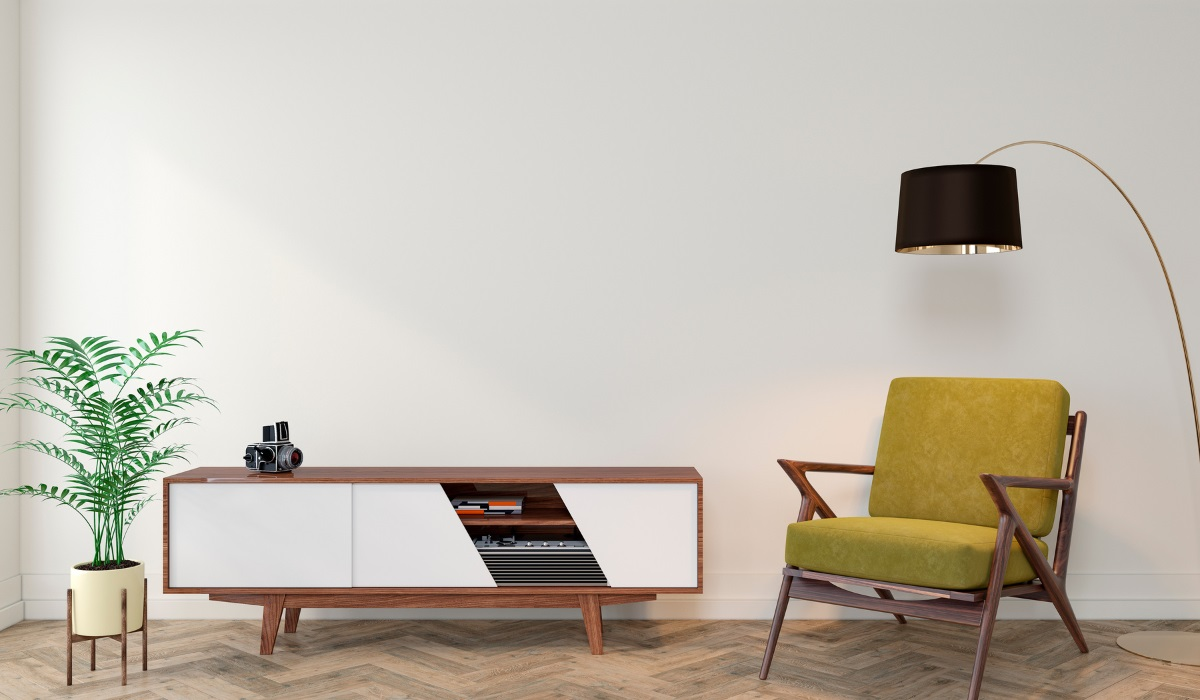
Millennials, Zeds & Ikea
The ‘90s mid-century modern room reproduction boom played into (and still does) a desire for millennials and gen zeds to consume less, have less clutter in less compartmentalised homes. It's perhaps interesting that in the UK the resurgence of mid-century modern coincided with the arrival and success of Ikea.

Image Credit: Ikea
Ikea began to offer simple, often utilitarian furniture pieces (Ikea owes a lot to Nelson) that fit with a more transient lifestyle where people are perhaps less likely to buy and keep expensive furniture items for decades.
The mid-century modern look for individual elements within home spaces is likely to stick around for a long time as part of a more eclectic take on interiors that sees styles fuse and the lines between them blur, as for example with Japandi or Boho interior styles. Why not find out what interior design styles are hot today in Timeless Interiors.

Final Thoughts
While mid-century modern living isn't particularly popular these days, the style elements that make it are still very much on trend. As we've explored in this article, the mid-century modern aesthetic has become a seemingly irrevocable part of contemporary interior design, almost invisible in its ubiquity in our homes and public spaces.
Hopefully this article will have inspired you to consider different periods and movements in interior design, such as Edwardian or Art Deco, when renovating your home.
You can find all kinds of door handles and door knobs at Hiatt Hardware, as well as interior design and how-to articles for your DIY inspiration.




